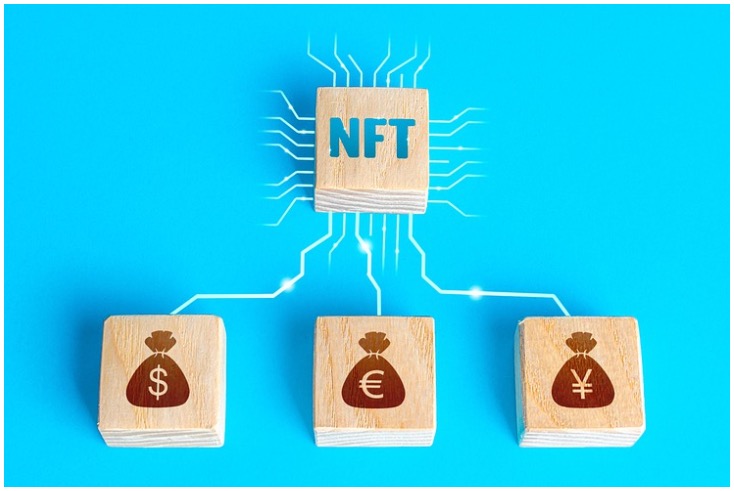Piling pressure on tech platforms comes with a catch

These may be new-age companies but our industry should remember their corporate approach is old-school
The Conscious Advertising Network has been gaining ground and found rocket fuel in the racist denouncements in social media of the three young England players who took unsuccessful penalties against winners Italy in the Euro 2020 final.
Some suggested it was this year’s George Floyd moment though it’s died down a lot already and didn’t get global traction. You’ve probably already reached your own view on whether the two transgressions are comparable.
CAN published a strong but measured open letter to Facebook, sibling Instagram and Twitter. The list of signatories is impressive though the presence of both corporate and individual signatories raises questions.
As for the letter’s targets, these highly-profitable (and tax-avoiding) companies’ historical response to critics has been very American.
Admit or concede nothing. Temporise until forced to react. Then go long on claims, “being on a journey”, “we’re listening”, “lessons learned” and short on tangibles (ie anything that costs money).
CAN has cleverly made four specific, reasonable and actionable asks:
- update hate speech policies, including emojis, zero tolerance;
- advertise this to users;
- enforce policies and report abuse to police, employers and relevant football clubs as a crime;
- add an interstitial to disrupt potentially racist remarks, ensure human checking on all posts flagged thus.
Google must be pinching itself that it isn’t caught in the full beam this time.
The letter is spot on regarding transparency, good practice, collateral reputation and brand safety, but I see a catch.
Take ISBA (not a signatory), which is pressing ahead with its adventurous and groundbreaking cross-media measurement initiative, Project Origin, despite continuing reports of reluctance and hesitancy from a key constituency, broadcasters.
I’ve previously mentioned the sheer cost of such projects and ventured my amazement (and delight) that advertisers are part-funding it.
The degree is still unclear and absent this the widespread conclusion is that most of the funding is from the platforms.
Hence broadcaster leeriness, while they instead drive forwards with Barb, C-Flight and most recently ITV & Sky edging closer to deliver the very appealing notion of advertiser video on demand at scale.
As in international diplomacy, trade, support and aid follows favour, itself balanced, negotiated and continuously reviewed.
Vigour from CAN, comprising several large, high-profile advertisers and their trade body (and agencies too) will be considered enemy action.
Little will be said. Things (like funding) will instead just become rather more difficult. These may be new-age companies but their corporate approach is old-school and time-honoured.
This is how these things work.
Meanwhile, sharp eyes will have spotted a bit of subtle expectation management within an annual address from current ISBA President Peter uffy.
Transparency where it counts
I applaud ISBA for standing by and up for the advertisers it represents, though.
It’s just issued its latest, and widely-revamped media agency framework which aims to inform best practice in establishing advertiser – media agency contracts.
This necessarily involves addressing where the bodies are buried and making things more transparent.
Inventory, or proprietary, media is in particular focus this time.
Allegedly subject to pretty broad canvass this time, previous iterations have drawn fire from agencies.
Token silliness
We’re entering the traditional silly season of news and another month brings yet another craze to get frothy about.
Ok, we’re all stir crazy after a year and a half of weirdness, captivity and uncertainty. And now demob happy and likely to make things worse for a bit.
But NFTs (short for non-fungible tokens… snappy)? Really?
I wrestle with the idea of paying (sometimes a lot) to acquire virtual ownership of an entirely replicable digital asset whose creator retains the rights for the foreseeable.
But brands? We already have to remind ourselves that very few people seek relationships even with their favourite brands, let alone their bog roll, dentifrice or tinned anchovy suppliers.
Some of you will remember Second Life. Back then one “simply had to have a Second Life strategy”. And where did that get either your career or your brand?
NFTs come with a health warning. Gary Vaynerchuk’s big on them and has apparently already flogged £50m worth. Richard Branson’s in there too. As with virtual currencies, there’s money to be made from the credulous in the early days.
But by the time us mere, unfashionable mortals come across them, it’s too late and the bubbles burst in our palms.
Will we ever learn that new, bright and shiny is all too often hollow? Answers on a postcard, please.
Correction (28 July): ISBA has told me that they are not signatories to the CAN open letter as originally stated, contrary to some reports at the time. CAN’s sentiments echo brand safety concerns but it seems its demands don’t entirely chime with local or global priorities like the Global Alliance for Responsible Advertising.
This obviously diffuses the specific ‘diplomatic tensions’ I refer to but reminds us of the difficult balancing job that such bodies sometimes face. Different workstreams may each appear aligned – in this case to advertiser members’ interests – but can also carry inherent, sometimes submerged, conflicts.




